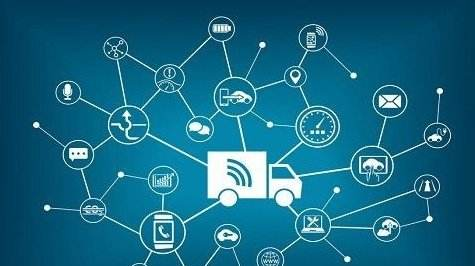There are many obstacles before mass adoption. Everything becomes "smart". Seemingly ordinary items, such as kettles and ovens, are equipped with sensors and microchips. Connect them to the Internet. Then, we consumers can control these appliances through mobile phones. The Internet of Things is still too early, but we have seen how it changes many industries and companies in it. In the past few months alone, we have heard, seen and reported everything. From insurance companies that use telematics, smart phones, wearable devices, and drone data to manufacturers that use robotics and networking modules, they are becoming smarter and faster under the advocacy of Industry 4.0. We have seen the installation of Internet of Things devices such as beacons and smart shelves at retailers to build smart retail and even unmanned stores, farmers deploy sensors to save crops and human ingestible sensors to improve diet. Obviously, the Internet of Things has the ability to innovate companies, change the way they operate, increase profitability and maintain close contact with customers. Smart companies realize that the Internet of Things is not a gimmick, but a unique competitive advantage for companies. Recently, a CIO of a large insurance company told us, "The Internet of Things has the power to completely change the way we operate." This is why many of the barriers to adoption of the Internet of Things are so frustrating. Let's discuss it... Corporate culture hinders the development of the Internet of Things. There is almost no doubt that the biggest challenge any company (mainly large) faces when deploying the Internet of Things is corporate culture. Senior managers usually don't believe in the necessity of innovation. They even need to see some important case studies from other companies before considering investing in new technologies or cooperating with other companies. This is a tricky balance issue for CIOs and innovation departments. While presenting these cases to influence decision makers, they also realize that such delays may cause early adopters to move forward. Facing these challenges is not just the Internet of Things: more broadly, many industries, especially those that are strictly regulated, are looking for cheap and innovative ways. Changing the company’s culture is a daunting task, and even before you consider technology, it requires new processes, people, and talent. However, this can be achieved through education, awareness raising, and open-minded cooperation with industry partners. Lack of talent The Internet of Things requires a lot of new skills and talents. From data scientists and analysts to innovation managers and IoT software engineers, especially data scientists, has become a growing profession in recent years, but many companies don't know where to find them. Smart companies are acquiring or cooperating with start-ups for this purpose, participating in accelerator projects and establishing partnerships with universities and other educational institutions. Privacy and Security Technically, it can be said that the Internet of Things has huge problems in terms of privacy and security. There are many reasons for this. First, these devices are collecting and transmitting large amounts of data. Without proper control measures, these data may be intercepted (security) or leaked (privacy). Unfortunately, developers and designers often prioritize user experience and market launch, and leave safety to the future. This situation may soon change-especially the EU GDPR regulations impose higher fines on data breaches and promote "design privacy"-but this will remain a major issue for some time. The EU GDPR standard may alleviate this problem, but it is also recommended that you determine the use of suitable products and ensure that your safety measures are in the best condition before launching these devices. Traditional system The traditional system is the burden of all large companies. These back-end systems are usually dedicated, closed systems. These systems are highly customized for certain business needs, and sometimes there is no further support from the software or hardware suppliers that made them, and some of them may even go bankrupt. What does this mean for the Internet of Things? Essentially, you must study very carefully how these technologies integrate with existing systems. Standardized Wi-Fi or mobile network, ZigBee or Bluetooth, NB-IOT or Sigfox? The communication method between IoT sensors is critical to the IoT ecosystem. Otherwise, the deployment will not work, the product will be useless and have a short lifespan. The IoT standardization debate is a supplier’s issue, and it is likely to continue in the coming months and years. Open source should be the way forward. Data analysis I believe that open source is the key to the future success of the Internet of Things, especially data from Internet of Things devices. To truly understand this data, companies need not only the right skills, but also the ability to open and share data. There are already questions about who owns the data and how to understand unstructured or structured data. I think the answer will be revealed sooner or later. Cable Type Switching Current Transformer Cable Type Switching Current Transformer,Low Voltage Outdoor Transformer,Zero Sequences Current Transformer,Split Core Zero Sequence Current Transformer Zibo Tongyue Electronics Co., Ltd , https://www.tongyueelectron.com